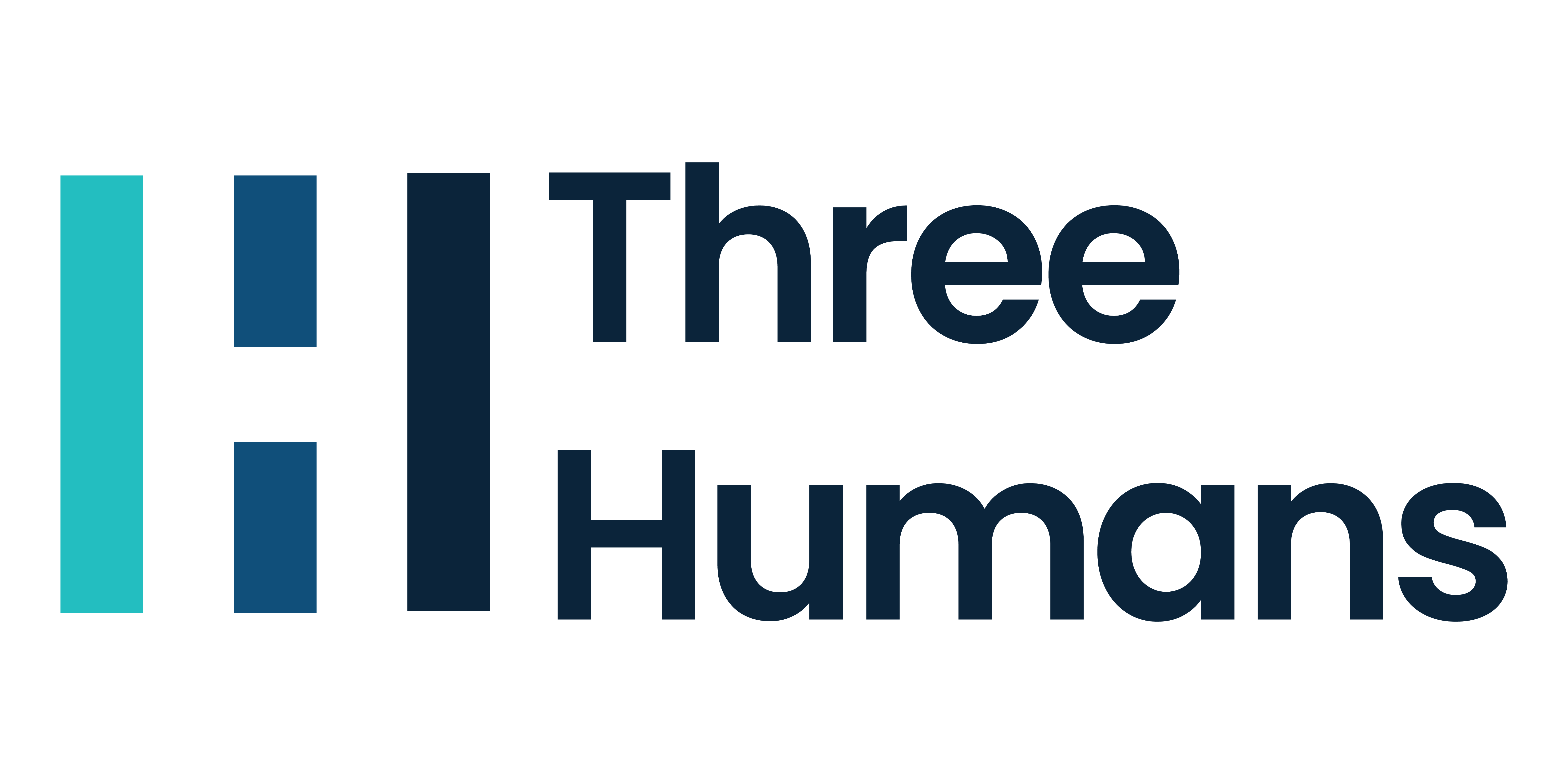In the realm of program management, success isn’t a destination; it’s a journey. And like any journey, it requires frequent checkpoints to ensure you’re on the right path. Continuous evaluation stands as the compass guiding you through this journey, allowing you to navigate shifting landscapes and emerging challenges with confidence.
By implementing regular surveys and focus group discussions, you can harness invaluable insights from participants and stakeholders, steering your program towards sustained success. Let’s embark on this exploration together, uncovering the transformative potential of ongoing evaluation in program management.
The Importance of Continuous Evaluation
Continuous evaluation allows you to:
- Measure Impact: Understand how well your program is achieving its goals.
- Identify Areas for Improvement: Pinpoint what’s working and what’s not.
- Engage Stakeholders: Show participants and stakeholders that their input is valued.
- Adapt to Change: Keep up with new developments and changing needs.
Implementation Strategies
To effectively gather and utilize feedback, consider the following strategies:
1. Regular Surveys
Surveys are a straightforward and efficient way to gather quantitative and qualitative data. Here’s how to make the most of them:
- Designing Surveys: Craft questions that are clear and targeted. Include a mix of closed-ended questions (for quantitative data) and open-ended questions (for qualitative insights).
- Timing: Conduct surveys at key points, such as after each session, quarterly, or annually, depending on the program’s length and intensity.
- Incentives: Encourage participation by offering incentives like small rewards or recognition.
Example Survey Questions:
- On a scale of 1 to 5, how satisfied are you with the recent session?
- What was the most valuable part of the training?
- How could we improve future sessions?
2. Focus Group Discussions
Focus groups provide a more in-depth understanding of participants’ experiences and perspectives. They are particularly useful for exploring complex issues that might not be fully captured through surveys.
- Selecting Participants: Choose a diverse group of participants to get a wide range of insights.
- Moderation: Have a skilled moderator lead the discussion to ensure it remains focused and productive.
- Recording: Record the sessions (with participants’ consent) to accurately capture feedback for later analysis.
3. Utilizing Feedback
Collecting feedback is only the first step; the real value comes from how you use it. Here’s how to turn feedback into actionable insights:
- Data Analysis: Analyze survey results and focus group discussions to identify common themes and key areas for improvement.
- Action Plan: Develop an action plan to address the feedback. This might include updating content, introducing new offerings, or modifying the format of training sessions.
- Implementation: Put your action plan into practice, ensuring changes are well-communicated to all stakeholders.
- Follow-Up: After making changes, follow up with participants to assess the impact of the adjustments.
Example Adjustments Based on Feedback
- Updating Content: If feedback indicates that some topics are outdated, update the curriculum to include the latest industry trends and best practices.
- Introducing New Offerings: If participants express interest in additional subjects, consider introducing new workshops or modules.
- Modifying Format: If feedback suggests that the current format is not engaging, experiment with different delivery methods, such as interactive sessions, online modules, or hands-on activities.
Continuously evaluating your program’s effectiveness through regular surveys and focus group discussions is essential for maintaining its relevance and impact. By actively seeking and acting on feedback, you demonstrate a commitment to excellence and continuous improvement. Remember, the goal is not just to collect data but to create a dynamic, responsive program that meets the evolving needs of its participants and stakeholders. With a structured approach to gathering and utilizing feedback, you can ensure your program remains effective and valuable for the long term.
